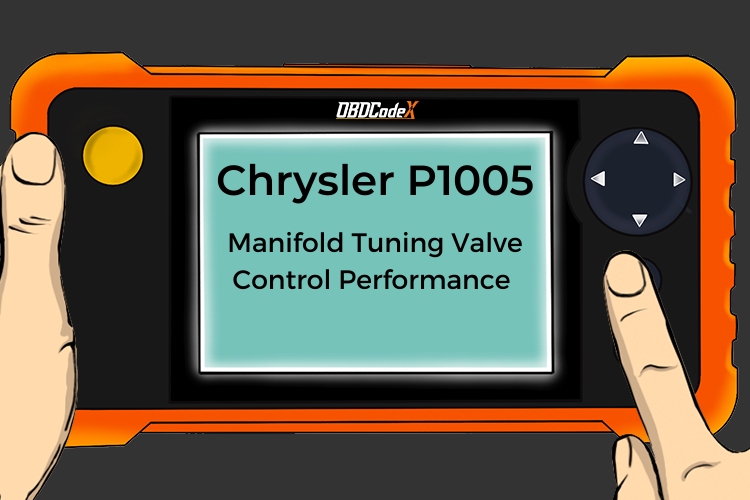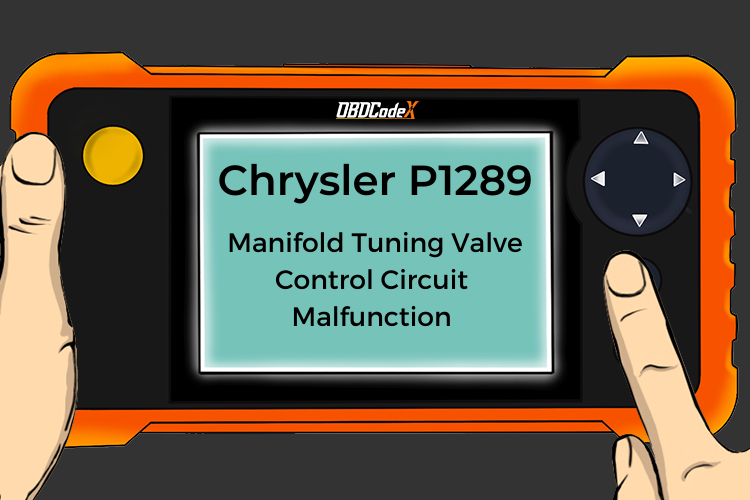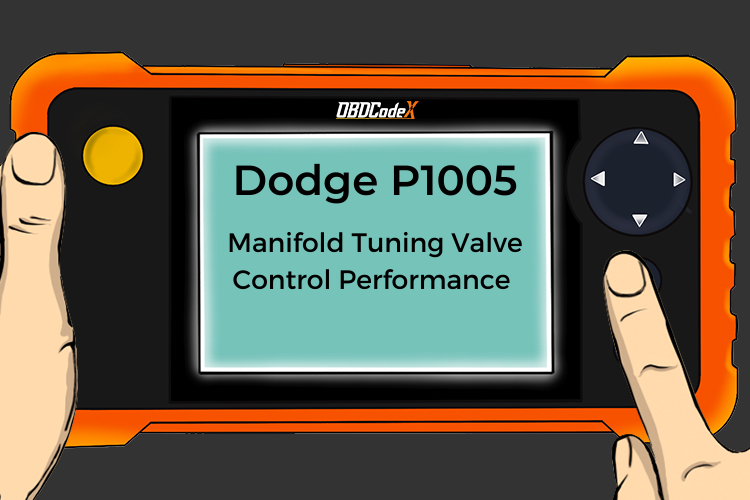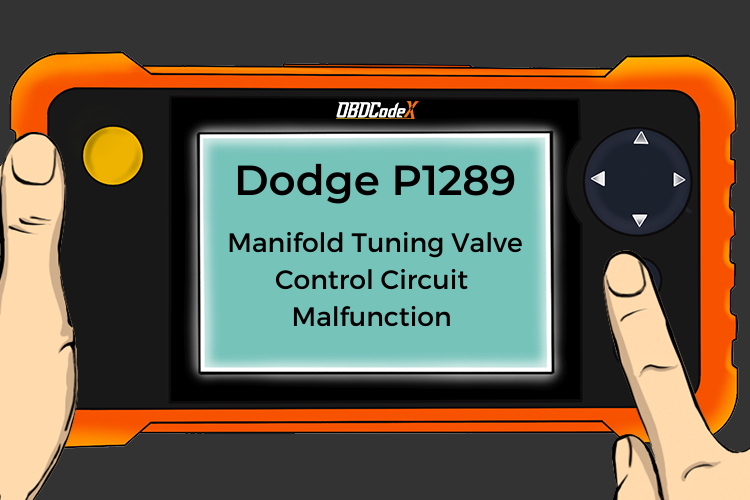P0663: Intake Manifold Tuning Valve Control Circuit/Open Bank 2
Is your scanner showing P0663?
No worries. We'll show you what it means and how to deal with it.
P0663: Intake Manifold Tuning Valve Control Circuit/Open Bank 2
OVERVIEWWhat Does The P0663 Code Mean?
The ECM (Engine control module) is responsible for monitoring monitoring and adjusting numerous sensors and systems involved in the operation of your vehicle. Not to mention detect faults within said systems and circuits. One of the systems that your ECM is responsible for monitoring and correlating with desired values is, the Intake Manifold Tuning Valve.
I have heard these called many names but a “flapper” valve comes up often in the repair world. The intake manifold tuning valve has multiple possible purposes to aid in your engine’s performance and drivability. One is to regulate pressures between intake plenums.
The other may be to redirect intake air to a separate set of intake runners (or combination) to change to flow and possibly the performance of your engine. The valve itself, from my experience anyway, is made mostly of plastic so you can imagine some possible malfunctions in combination with notoriously high temperatures in the engine compartment.
P0663 is the trouble code identified as “Intake Manifold Tuning Valve Control Circuit/Open Bank 2” and this indicates a general electrical fault or open electrical situation that has been detected by the ECM on bank #2. Bank #2 is the side of the engine that does not contain cylinder #1.
This code can be triggered by either a mechanical or electrical fault with the intake manifold tuning valve. If you are located in an area susceptible to extreme cold weather, it can cause the valve to malfunction and not rotate fluently according to the ECM’s desires.
What Are The Symptoms Of The P0663 Code?
Symptoms of a P0663 diagnostic code may include:
- Poor engine performance
- Loud clicking noise coming from engine bay
- Decreased fuel economy
- Possible misfire on startup
- Reduced engine power
- Power range altered
- Cold start issues
What Are The Potential Causes Of The P0663 Code?
Causes for this P0663 engine code may include:
- Defective intake manifold (runner) tuning valve
- Broken valve parts
- Stuck valve
- Extreme cold
- Wiring issue (e.g. chafed, cracked, corroded, etc.)
- Broken electrical connector
- ECM issue
- Valve contamination
How Serious Is This P0663 Code?
Depending on the actual problem related to your case, this may range from nothing to worry about to something fairly severe and potentially damaging to your engine’s internals. It would be a good idea to error on the side of caution when dealing with mechanical parts such as the intake manifold tuning valve.
The potential for unwanted parts to enter the engine’s combustion chamber is there so keep that in mind if you were thinking of putting this off until another day.
How Can You Fix The P0663 Code?
The first step in the troubleshooting process for any malfunction is to research the Technical Service Bulletins (TSB) for known issues with the specific vehicle.
Advanced diagnostic steps become very vehicle specific and may require the appropriate advanced equipment and knowledge to perform accurately. We include basic steps below but refer to a vehicle year/make/model/powertrain specific repair guide for specific steps for your vehicle.
Basic Step #1
Whenever a DTC (Diagnostic trouble code) is activated by the ECM, as a DIYer it’s a good idea to clear all the codes to see if it comes back on immediately. If not, take the vehicle for long and numerous test drives to see if it/they become active again after a few duty cycles. If it does reactivate, proceed with diagnosing the active code(s).
Basic Step #2
First, you will need to locate the intake manifold tuning valve. This may be difficult because more often than not they are mounted internally, in the intake manifold itself. Having that said, the connector for the valve should be fairly accessible, so visually inspect it, looking for broken tabs, melted plastic, etc. To make sure it is making an adequate electrical connection.
Basic Step #3
Depending on your OBD2 code reader/scan tool’s capabilities, you may be able to operate the valve electronically with it. If you find this option, it may be a good way to determine if the valve is operating through its full range.
Also, if you are experiencing any clicking noises coming from your intake, this would be a good way to determine if the intake manifold tuning valve is responsible for it. If you hear abnormal clicking from the intake while you are adjusting the sensor with your scanner, there’s a good chance there is an obstruction present or the valve itself is stuck for one reason or another.
At this point, it would be a good idea to remove the valve and physically inspect it and inside the intake manifold for any obstructions. If there are no obstructions and the clicking is present, you could try replacing the valve, this is most likely the issue. Keep in mind, in some cases, this is no easy task so do your research beforehand so you avoid being stranded without the correct parts, tools, etc.
NOTE: Always refer to the manufacturer’s technical data before performing any repairs or diagnosing on your vehicle.
Basic Step #4
Make sure you don’t forget to inspect the harness involved with the tuning valve. These wiring harnesses can be routed through engine parts and other high heat areas. Not to mention, potential chafing/cracking involved with engine vibrations.
Basic Step #5
If you’ve tried everything else, take a look at your ECM (Engine Control Module), especially if multiple unrelated codes are presently active or intermittently coming on and off.
This article is strictly for information purposes only and the technical data and service bulletins for your specific vehicle should always take precedence.
Recommended Parts
Below are some recommended auto parts to help you address the trouble code affecting your vehicle and get it running smoothly again:
Note: During the purchasing process, please check carefully whether the part you want to buy fits your car!
Reference Sources
Diagnostic Trouble Code (DTC) Charts and Descriptions for P0663 – Page 98.







